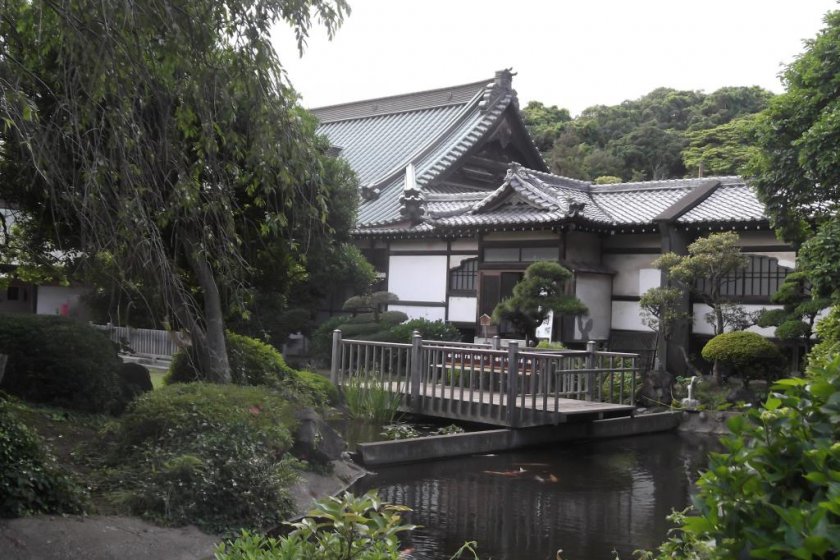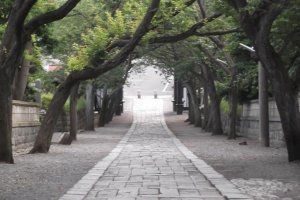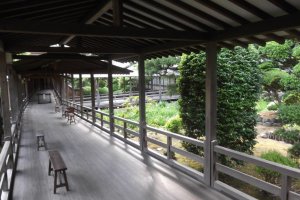Shojoko-ji Temple, commonly known as “Yugyoji” temple, is a beautiful representation of “Old Japan” that you don’t have to battle the crowds of Kyoto or Nikko to see. Off the beaten path in Fujisawa City (between Fujisawa Station and Fujisawahonmachi Station), Yugyoji is well worth the 15 or so minute walk it takes to see it.
Identified as one of the “100 Most Scenic Places in Japan,” Yugyoji also has an important historic and religious significance. It is the headquarters of the Ji Sect, an offshoot of Pure Land Buddhism which has over 400 temples and 350,000 followers. The temple was founded by Priest Ippen in the 1200's, during the Kamakura Period. It survived a history filled with civil strife and natural disasters. The current main hall was built in 1937 and managed to survive World War II.
The Treasure House (homotsukan) is the only part of the temple with a fee, requiring a few hundred yen to get in. It is open from 10:00-16:00 on weekends and holidays, and houses some significant portraits, documents, statues, and clothes and other items of importance to the historical figures associated with the temple.
The main hall of the temple is a massive, beautiful building with an ornate interior and prayer area that visitors can access. To its left, you can see the Chujakumon Gate, with roof tiles indicating approval by the Imperial family. Beyond it is a beautiful and tranquil garden, filled with statues, a koi pond, and beautiful landscaping of the traditional Japanese styles. In the building behind the garden area, visitors can walk the old wooden hallways and experience the powerful simplicity of the architectural style. Following the walkways to rear gardens, you can see a Japanese rock garden (small but beautiful) and another pond accentuated by meticulously crafted and maintained trees and plants.
Yugyoji takes a bit of work to get to: it is a 15-20 minute walk from either Fujisawa Station or Fujisawahonmachi Station, the former being more convenient and the latter slightly nearer (see the Access Description for more details). The walk works to the temple’s benefit, however, as it’s slightly hard-to-get-to quality seems to keep it quiet and peaceful and away from the weekend crowds. Several trips here yielded no more than a handful of other guests, allowing you to experience the quiet and serenity of the buildings and grounds.




































